This robot flies like a bat to navigate tight spaces. Its creator says it could revolutionize how we explore the world
Using the complex wing structure of bats as inspiration, this Northeastern University professor developed an aerial robot that can fit into and navigate the small, cramped spaces that are problematic for most drones.
Alireza Ramezani doesn’t just enjoy watching bats –– he enjoys building them.
Aerobat, the latest of Ramezani’s robots to take inspiration from the animal kingdom, is small but mighty, and that’s by design. Ramezani, an associate professor of electrical and computer engineering at Northeastern University, says Aerobat solves a problem in robotics: navigating tight, confined spaces.
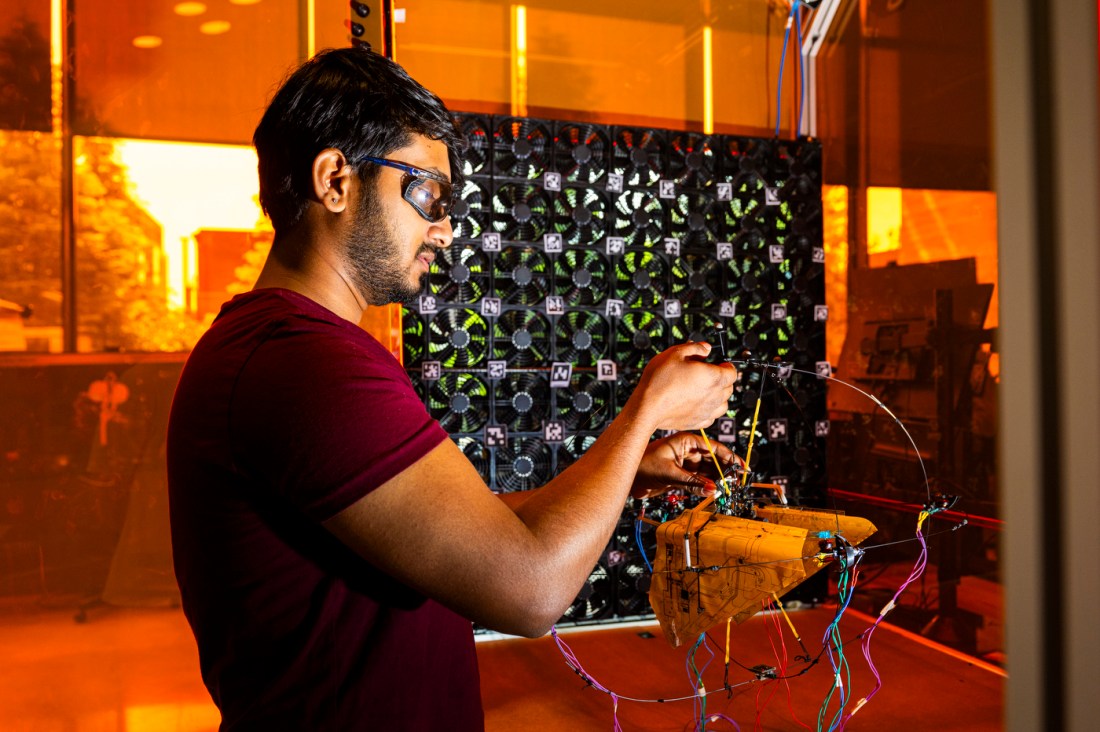
Ramezani says there are currently very few effective ways to explore spaces like sewer tunnels or HVAC pipes using robots. Ground-based robots move too slowly, and small aerial drones, the kind of quadcopters that are frequently deployed, are not designed to navigate confined spaces. Their rotors produce powerful, continuous air jets, which is great for flying outside but makes the robot unstable in a small space.
Enter Aerobat, a small, autonomous robot with the wings of a bat that can hover in tight spaces –– and unlock entirely new ways of exploring our world in the process.
“We’ve got 1.2 million miles of sewer galleries just in the U.S. that are not easy to access, not safe, and they are not the most desirable environments where we as human operators want to be operating,” Ramezani says. “We have mines, we have caves for exploring natural resources. The point is we are surrounded by confined environments, and we don’t have fast robots that can help us with remote sensing and other applications.”
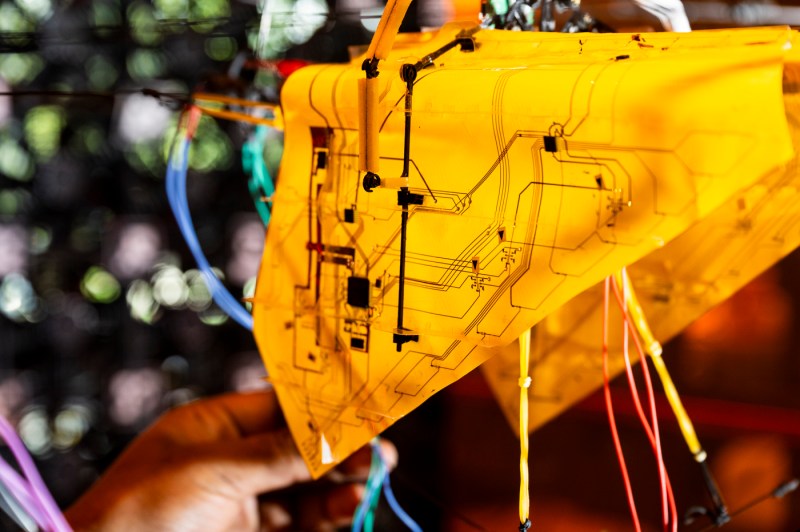

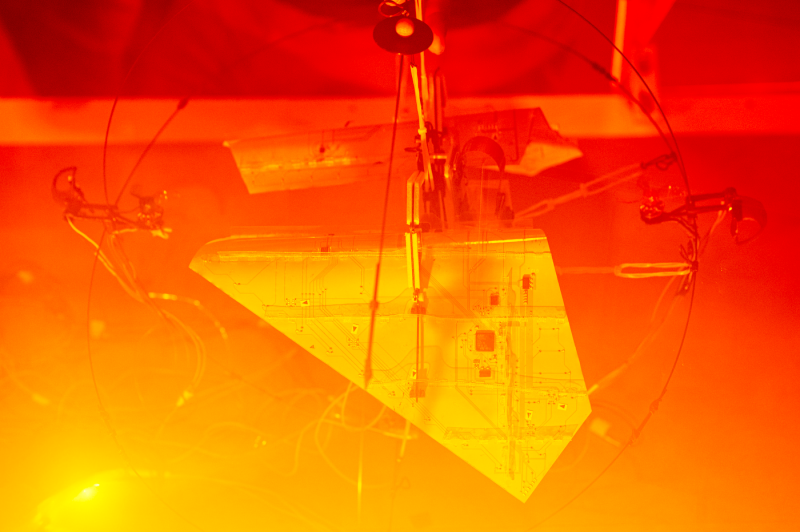
But why bats? Ramezani says bats, the only flying mammals on Earth, can manipulate their wings and control their flight better than almost any animal, including birds. They can also “manipulate their fluidic environment in a way that quadcopters cannot,” he adds.
The core concept behind Aerobat’s wing design is based on a bat’s ability to morph, or “dynamically reshape,” the configuration of its wings. Bat Bot, a prototype version of Aerobat that was unveiled in 2017, lacked this dynamic morphing capability, but Ramezani has since learned more lessons from his flying, nocturnal muses.
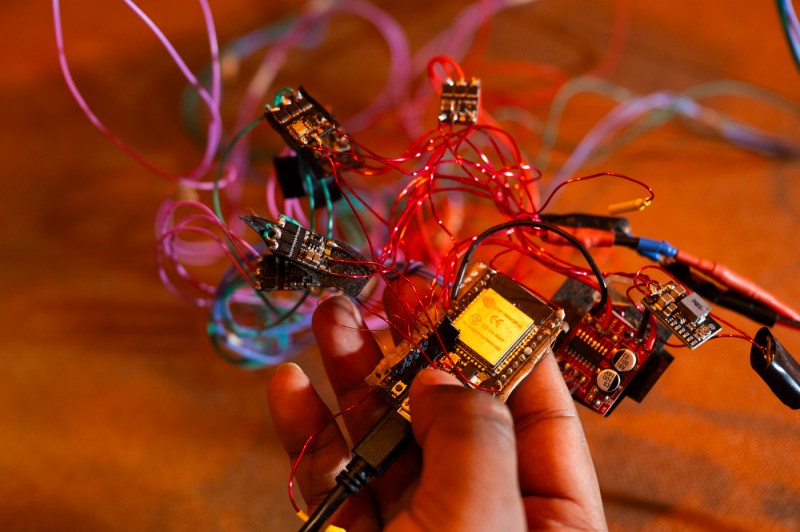
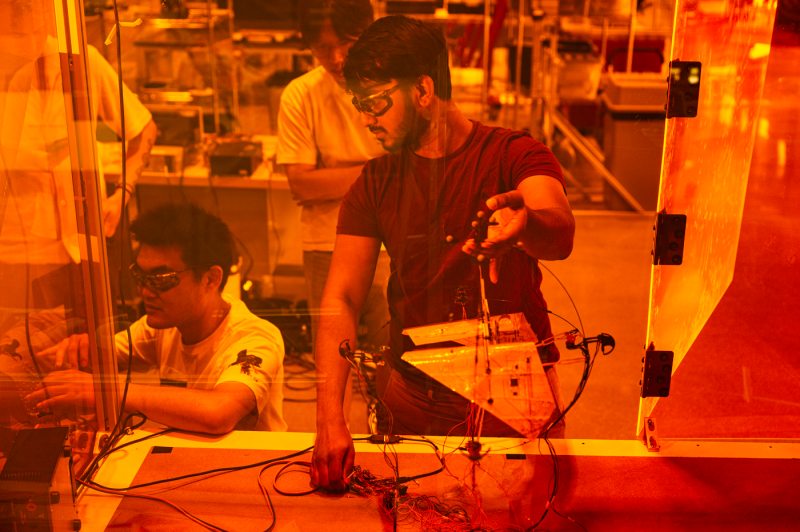

“During the downstroke, [bats] expand their wings, and during the upstroke, they collapse their wings,” Ramezani says. “The consequence is that when they expand the wings during a downstroke, they maximize the net positive aerodynamic force. And during an upstroke, because it’s not contributing to the lift generation, when they collapse the arm, they reduce the air resistance.”
“That enhances the efficiency of flight,” he adds. “We tried to capture this behavior in the design of Aerobat.”
The robot is completely autonomous, capturing visual information with a camera to determine its position and orientation in the environment. A human still has to provide a destination, but once that destination is set, the robot “does autonomous pass planning, it does autonomous flight control to get to that point,” Ramezani says.
“We are surrounded by confined environments, and we don’t have fast robots that can help us with remote sensing and other applications.”
Alireza Ramezani, associate professor of electrical and computer engineering at Northeastern
Aerobat still lacks some elements of a bat’s flight behavior: the flexible digits that help bats control their wings and navigate their surroundings, for one. But Ramizani says those elements could come into play in whatever the next iteration of Aerobat is. Fortunately, he’ll be able to propel Aerobat even further over the next five years, thanks to additional funding he’s received through a NSF CAREER award.
Although Ramezani is still expanding Aerobat’s flight capabilities, he can already envision a future with groups of Aerobats flying through cities.
“You can think of a number of these vehicles that are planned to operate in some region in some city sewer galleries,” Ramezani says. “You just deploy them and they fly around and gather information.”





